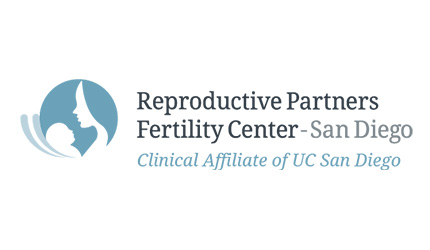
The lowest rate of pregnancy complications with IVF is achieved when a single embryo is transferred. We commonly suggest transfer of a single embryo for women under age 35, but as age increases the proportion of embryos that are chromosomally abnormal increases, as does the rate of miscarriage.
A recent answer to providing single embryo transfer for women over age 35, and particularly over age 37, is to remove a few cells from day 5 and/or day 6 embryos to test whether the embryos have the normal number of chromosomes. By only transferring a single, chromosomally normal embryo, high success rates can be achieved per transfer even in women of more advanced age. This procedure is optimally done with cryopreservation of all of the embryos, with transfer in a cycle where the ovarian stimulation will not change the chance of the embryo implanting.
Unfortunately this approach only applies to women who have a reasonable number of adequate quality blastocysts. In a prize paper presented at a very recent meeting, the ongoing pregnancy rate in women averaging age 39-40 was 61% with an average of 1.7 embryos transferred. With this approach the miscarriage rate has been reported to be well under 10%, whereas it is at least 30% in this age group when embryos are not tested. It’s emotionally draining to suffer a pregnancy loss and considerable time is lost before treatment can be continued. Although the cost is substantially more, this approach has a lot of appeal.
Our skilled fertility specialists are here to help. Contact us today and let’s discuss the next phase of your fertility journey.